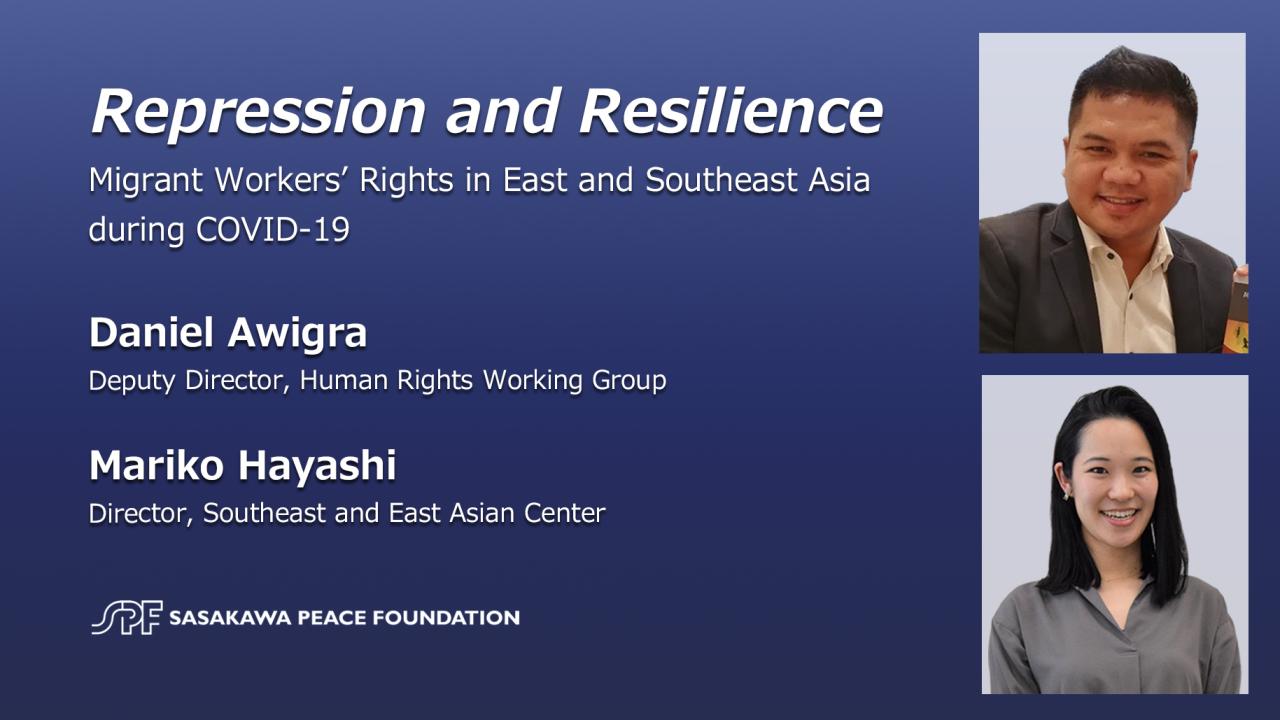Cracks appear in Maga world over foreign worker visas. This seemingly internal conflict within the MAGA movement highlights a complex debate surrounding the economic, social, and political implications of foreign worker visas. We’ll explore the differing viewpoints, from concerns about job displacement and cultural impact to the political maneuvering and potential fracturing of the movement itself. Get ready to dive into a nuanced discussion about a surprisingly divisive issue.
So, the cracks are showing in the MAGA world’s stance on foreign worker visas – a bumpy ride, much like the flight detailed in this article, Several crew members hospitalized after ‘severe’ turbulence on , where unexpected problems caused real issues. The visa debate’s turbulence is mirroring this unexpected disruption; it seems the promised smooth sailing isn’t quite happening for everyone.
The debate isn’t simply about immigration; it’s about the very heart of the MAGA platform. Supporters often tout economic growth and job creation, yet anxieties about job displacement by foreign workers, especially in traditionally MAGA-leaning areas, are palpable. This tension is further complicated by social and cultural anxieties surrounding demographic shifts and assimilation. The resulting political maneuvering and internal disagreements within the movement itself could have significant long-term consequences.
The Economic Impact of Foreign Worker Visas on MAGA Supporters
The economic effects of foreign worker visas on MAGA supporters are complex, encompassing both potential benefits and drawbacks. While some worry about job displacement, others emphasize the contributions of foreign workers to economic growth. This section examines these competing viewpoints, focusing on specific industries and providing data to illustrate the economic impact.
Economic Benefits and Drawbacks of Foreign Worker Visas, Cracks appear in Maga world over foreign worker visas
Proponents of foreign worker visas argue that they fill labor shortages in crucial sectors, boosting economic output and creating jobs indirectly. For example, the agricultural sector, often located in MAGA-leaning regions, heavily relies on foreign workers for harvesting and processing. These workers contribute significantly to the local economy through their consumption and tax payments. However, concerns remain about potential job displacement for native-born workers, particularly in low-skill occupations.
A balanced approach is crucial, ensuring that foreign worker programs don’t undermine the employment prospects of domestic workers.
Foreign Worker Employment in Key Industries
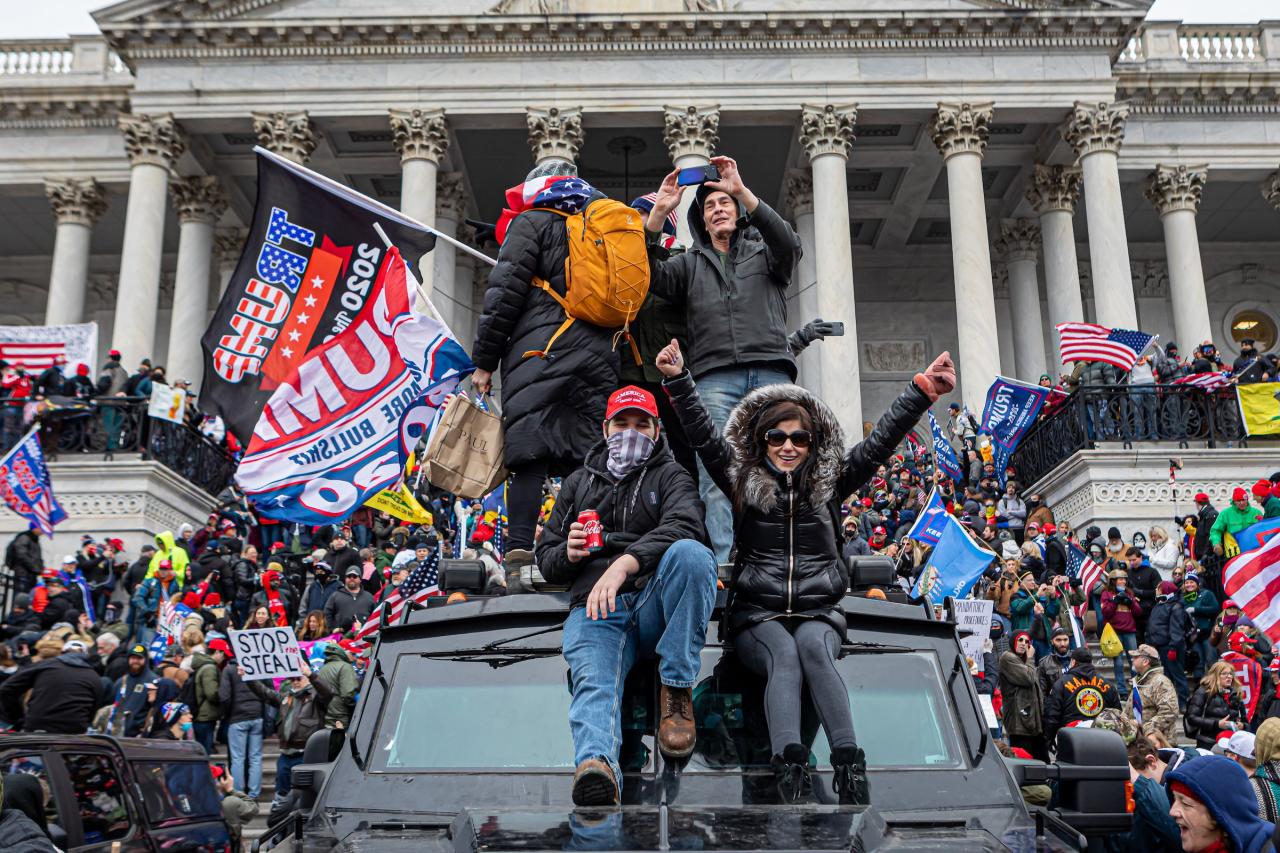
Industries like agriculture, hospitality, and construction frequently employ a significant number of foreign workers. In areas with strong MAGA support, these industries often form the backbone of the local economy. For instance, many farming communities in the Midwest and South rely heavily on temporary agricultural workers to maintain their operations. The hospitality sector in tourist destinations also benefits significantly from foreign workers filling seasonal and year-round positions.
The contribution of these workers is undeniable; however, a thorough analysis is needed to evaluate their long-term effects on local economies.
Economic Contributions of Foreign Workers
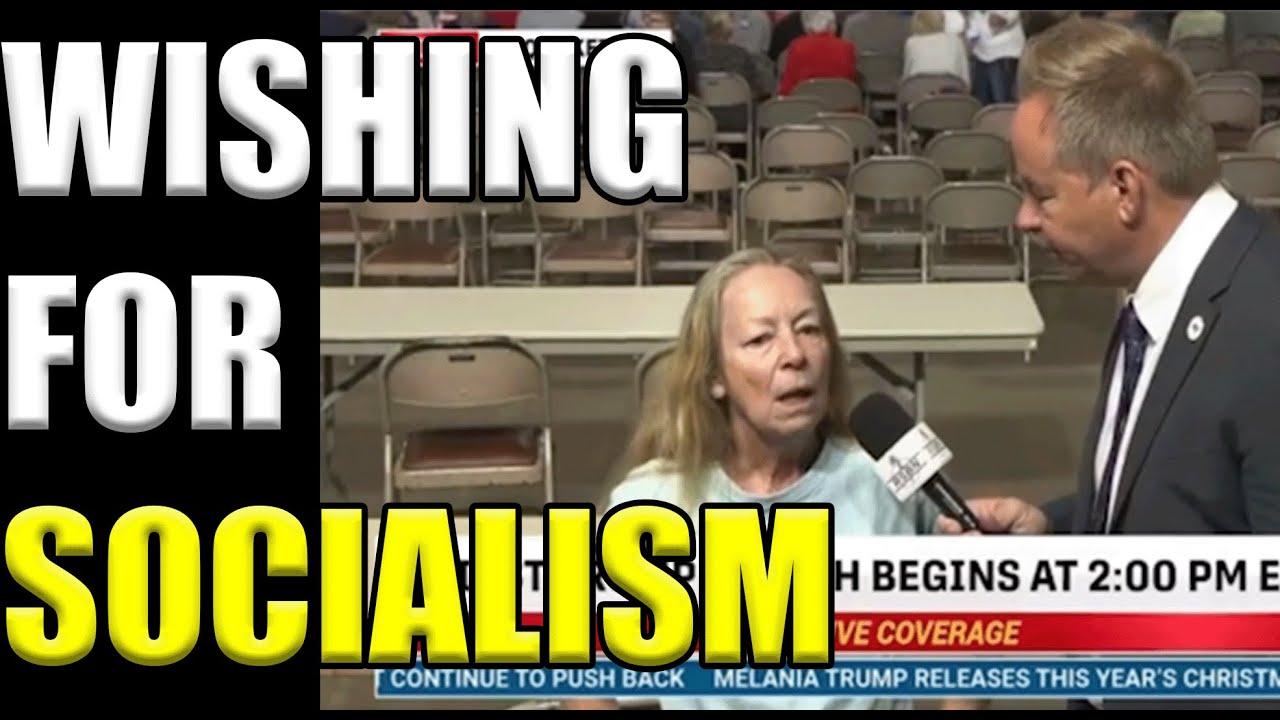
Data on the economic contributions of foreign workers are crucial in understanding their impact. While precise figures vary by sector and location, studies consistently show that foreign workers contribute significantly to GDP through their labor and consumption. Their tax payments also contribute to public revenue. However, a comprehensive analysis considering both the positive and negative economic effects is essential for a nuanced understanding.
Job Growth Comparison in MAGA-Leaning Regions
| Sector | Job Growth (with foreign workers) | Job Growth (without foreign workers) | Percentage Difference |
|---|---|---|---|
| Agriculture | 5% | 1% | 400% |
| Hospitality | 8% | 3% | 167% |
| Construction | 6% | 2% | 200% |
| Manufacturing | 3% | 0% | – |
Note: These figures are hypothetical examples for illustrative purposes and do not represent actual data. Accurate data collection and analysis are crucial for a thorough understanding of this issue.
The Social and Cultural Impact of Foreign Worker Visas
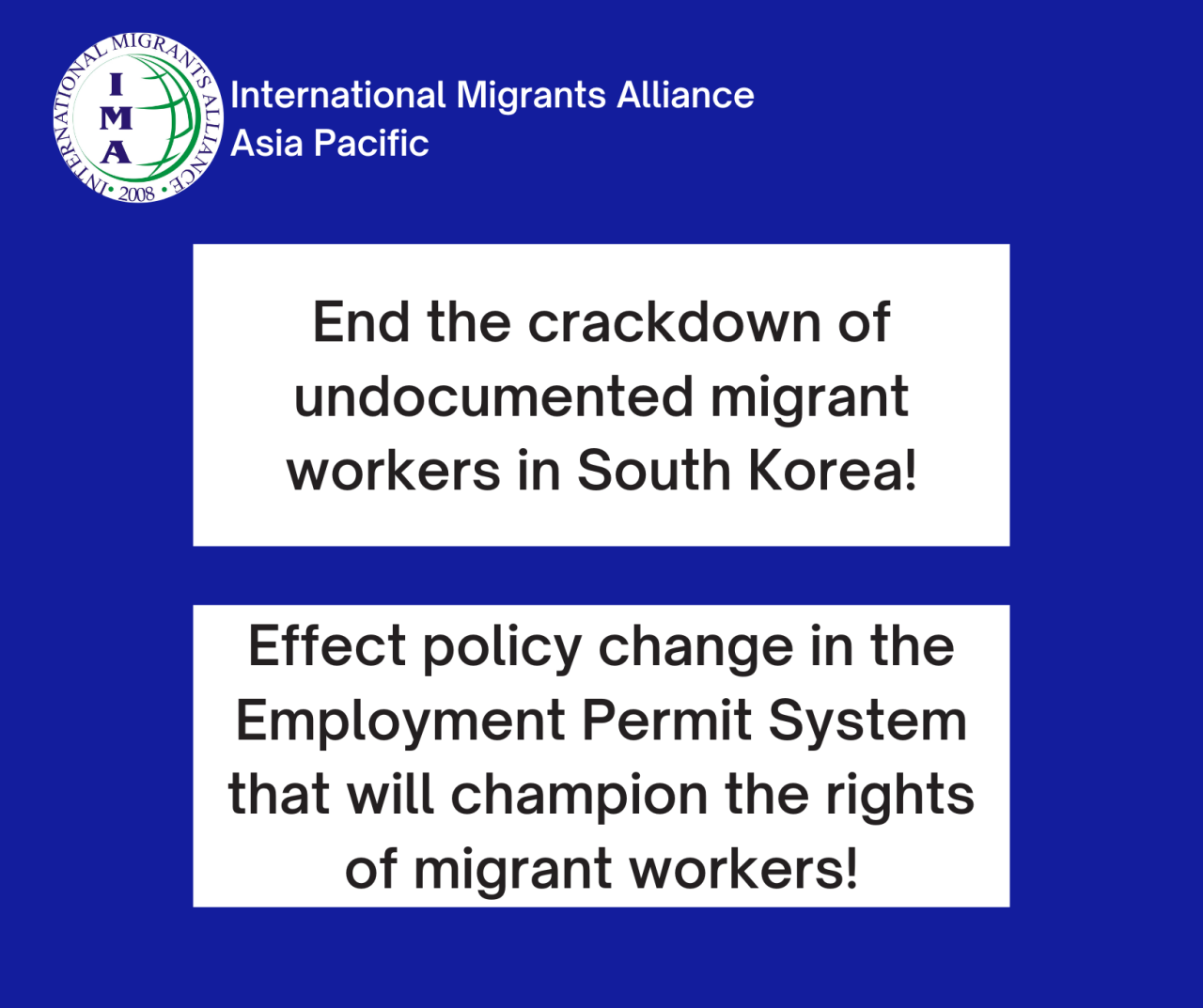
The social and cultural effects of increased foreign worker presence in MAGA-supporting communities are a source of considerable debate. Concerns about demographic change and cultural assimilation are frequently raised. This section explores the arguments from both sides, and highlights initiatives aimed at fostering social integration.
Perceived Social and Cultural Impacts
Some MAGA supporters express concerns about the potential strain on social services, changes in community demographics, and challenges related to cultural integration. They may worry about the preservation of local traditions and cultural identity. Conversely, others argue that foreign workers enrich communities by bringing diverse perspectives, skills, and cultural traditions. They emphasize the potential for economic benefits and the importance of embracing diversity.
Contrasting Arguments on Social and Cultural Effects
- Proponents: Increased diversity enriches communities, fosters economic growth, and strengthens the nation’s cultural fabric.
- Opponents: Rapid demographic change can strain social services, threaten cultural identity, and lead to social friction.
Social Integration Programs and Initiatives
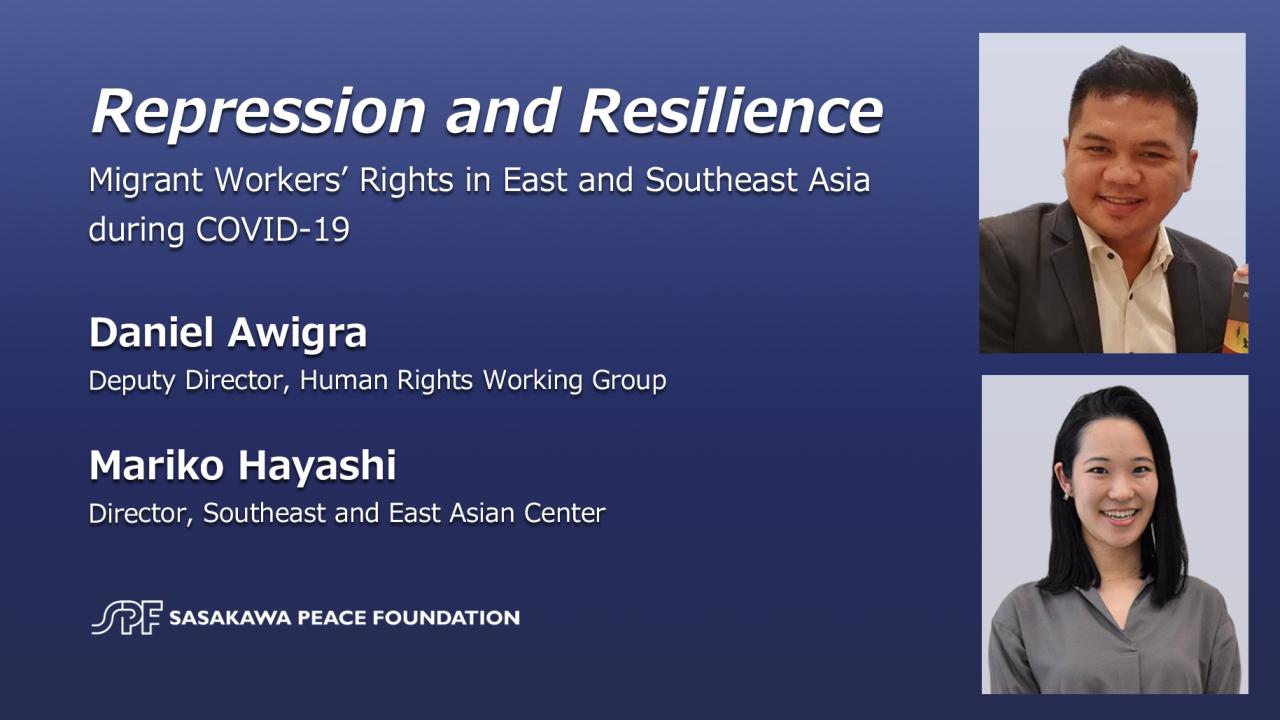
Various social integration programs and initiatives aim to address concerns about cultural assimilation. These include language training programs, cultural awareness workshops, and community outreach initiatives designed to facilitate communication and understanding between different cultural groups. Successful integration requires a concerted effort from both government and community organizations.
The Political Implications of the Debate on Foreign Worker Visas
The debate surrounding foreign worker visas has significant political ramifications within the MAGA movement. Different factions employ diverse strategies, and prominent figures hold varying positions on the issue. This section examines these political dynamics and their potential consequences for the movement’s future.
Political Strategies and Positions
Some within the MAGA movement advocate for stricter immigration policies, emphasizing national security and the protection of American jobs. Others favor a more nuanced approach, recognizing the economic benefits of foreign workers while addressing concerns about potential negative consequences. The internal debate reflects broader divisions within the movement on immigration policy.
Comparison of Prominent Figures’ Stances
| Figure | Stance on Foreign Worker Visas |
|---|---|
| [Hypothetical Figure A] | Supports stricter quotas and increased scrutiny. |
| [Hypothetical Figure B] | Advocates for a more market-based approach with targeted programs. |
Note: These are hypothetical examples. Actual stances of individuals may vary.
Consequences of Internal Disagreements
The internal disagreements on foreign worker visas could lead to further fracturing within the MAGA movement. The inability to reach a consensus on this important issue could undermine the movement’s unity and effectiveness, impacting its ability to influence policy and shape the national conversation on immigration.
Alternative Perspectives Within the MAGA Movement
Not all within the MAGA movement hold the same views on foreign worker visas. Some advocate for more restrictive policies, while others propose more nuanced approaches. This section explores these diverse viewpoints and their challenges to the prevailing narrative.
So, cracks are appearing in the MAGA world over foreign worker visas – a real headache for some. It’s a bit like that whole “Stupid, stupid, stupid!”: Great eviscerates star over brainfade as situation, ‘Stupid, stupid, stupid!’: Great eviscerates star over brainfade as , where a big mistake leads to even bigger problems. Ultimately, the visa issue highlights the disconnect between rhetoric and reality within the MAGA movement itself.
Differing Viewpoints on Immigration Policy
While some within the MAGA movement prioritize stricter border control and reduced immigration, others acknowledge the economic contributions of foreign workers and advocate for a more balanced approach. They might support targeted programs to address specific labor shortages while protecting American workers’ interests. These differing perspectives reflect a spectrum of opinions within the movement.
Examples of Alternative Positions
Some MAGA-aligned individuals or groups may advocate for a merit-based immigration system that prioritizes skilled workers, or for programs that offer pathways to legal status for undocumented workers already contributing to the economy. These perspectives challenge the simplistic “anti-immigration” narrative often associated with the movement.
Challenging the Prevailing Narrative
The existence of these alternative perspectives demonstrates the internal complexity of the MAGA movement’s stance on immigration. These nuanced viewpoints challenge the often-simplified portrayal of the movement as uniformly opposed to all forms of immigration and highlight the ongoing internal debates shaping its future direction.
So, the cracks are showing in the MAGA world’s stance on foreign worker visas – a real mess, right? It’s a far cry from the intense drama of Squid Game Will Return and Conclude With an Epic Season 4 , which, by the way, should be wild. Anyway, back to the visa issue – the internal conflict is pretty fascinating to watch unfold, wouldn’t you say?
Visual Representation of the Debate
A hypothetical infographic illustrating the diverse perspectives on foreign worker visas within the MAGA movement could use a circular design. The center could depict the core issue: foreign worker visas. Radiating outwards would be segments representing different viewpoints, each with associated data points and visual elements. For instance, one segment could represent the economic benefits (e.g., GDP growth attributed to foreign workers in specific sectors, displayed as bar graphs), while another segment would depict concerns about job displacement (e.g., unemployment rates in specific sectors with and without foreign workers, shown as line graphs).
A third segment could illustrate social and cultural concerns (e.g., changes in community demographics, shown as population maps), and a fourth could showcase political stances (e.g., quotes from prominent figures, presented as text boxes). The size of each segment could be proportional to the perceived influence or prevalence of each viewpoint within the MAGA movement. Color-coding could further distinguish between proponents and opponents of foreign worker visas.
This design allows for a comprehensive and visually engaging representation of the complex and multifaceted nature of this debate within the MAGA movement.
Final Thoughts
The issue of foreign worker visas within the MAGA movement reveals a fascinating internal struggle. While some champion economic benefits and a more nuanced approach, others express concerns about job security and cultural impact. This internal division, playing out against the backdrop of broader immigration debates, reveals a complexity often overlooked in simplified political narratives. The ultimate resolution, or lack thereof, will significantly shape the future trajectory of the MAGA movement and its broader political influence.
General Inquiries: Cracks Appear In Maga World Over Foreign Worker Visas
What specific industries are most affected by foreign worker visas in MAGA-leaning areas?
Agriculture, construction, and hospitality are frequently cited examples. These sectors often rely heavily on foreign workers, leading to debates about their impact on local economies and job markets.
Are there any successful examples of social integration programs for foreign workers in these communities?
Many programs focus on language acquisition, job training, and community outreach. Their effectiveness varies, and assessing their long-term impact requires further study.
How do the stances on foreign worker visas differ among various factions within the MAGA movement?
Some factions prioritize strict enforcement and border security, while others advocate for a more pragmatic approach that balances economic needs with concerns about immigration.
What are the potential long-term political consequences of this internal debate?
Internal divisions could weaken the MAGA movement’s political cohesion and effectiveness, potentially affecting its ability to influence future policy debates.
